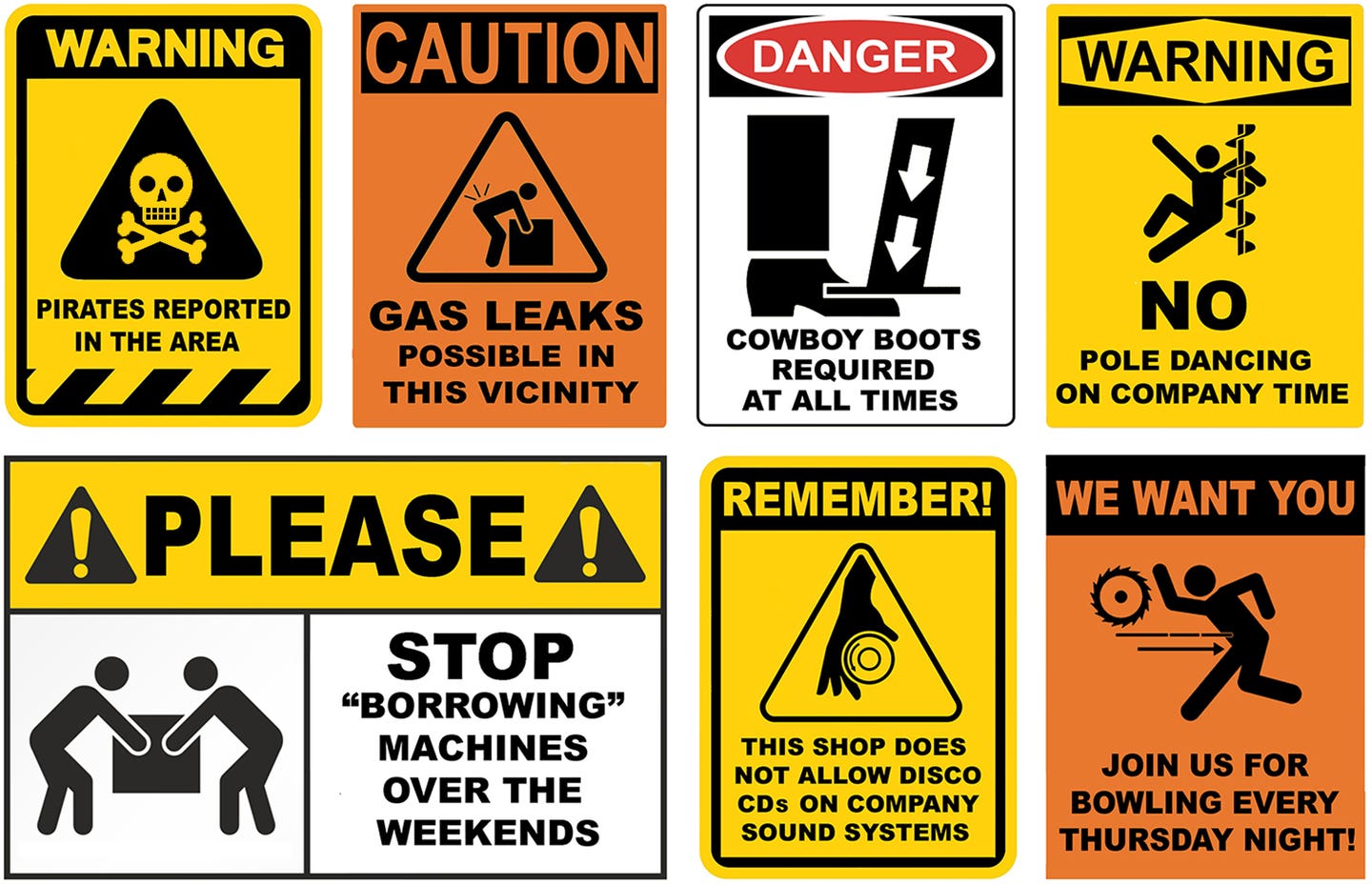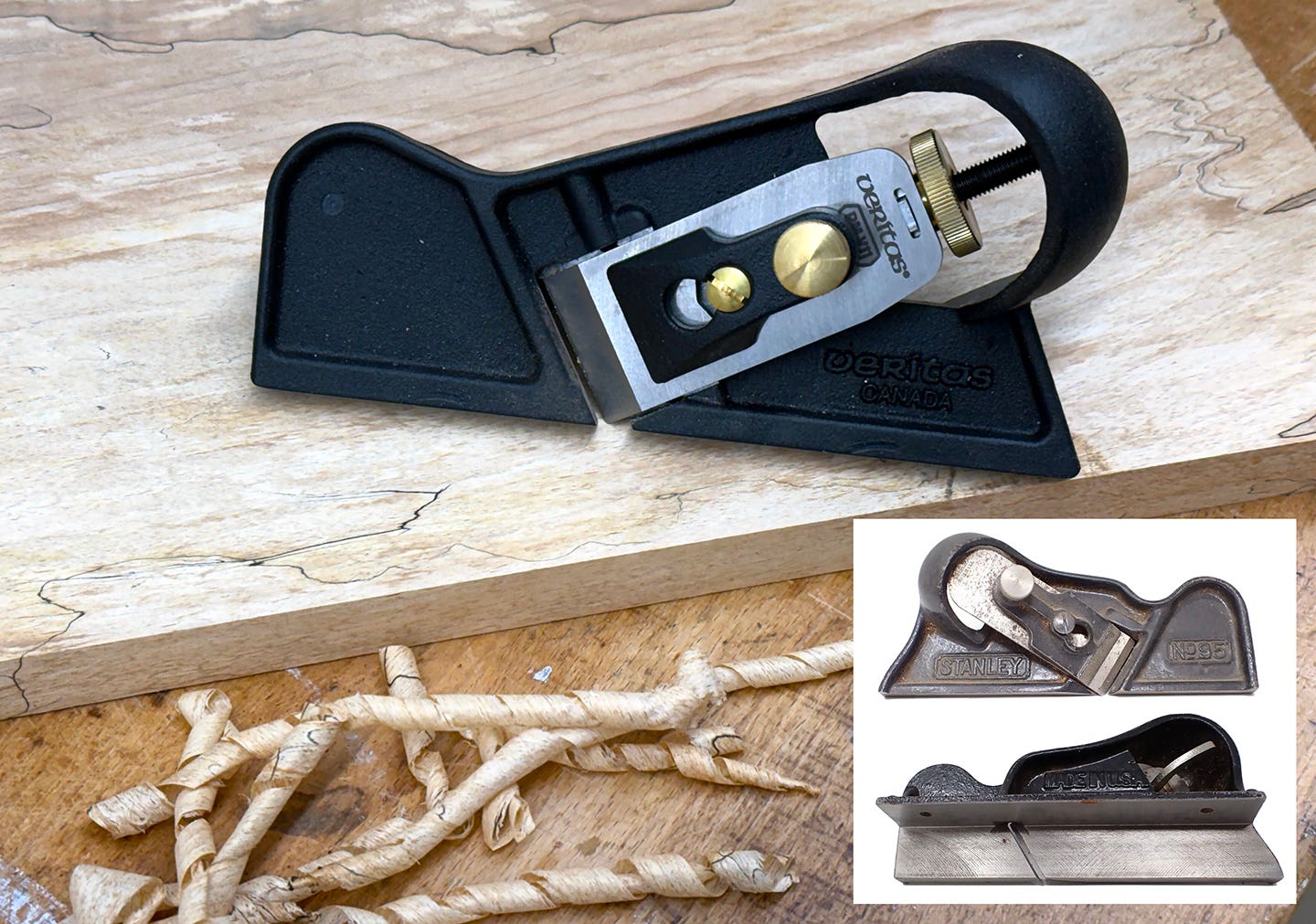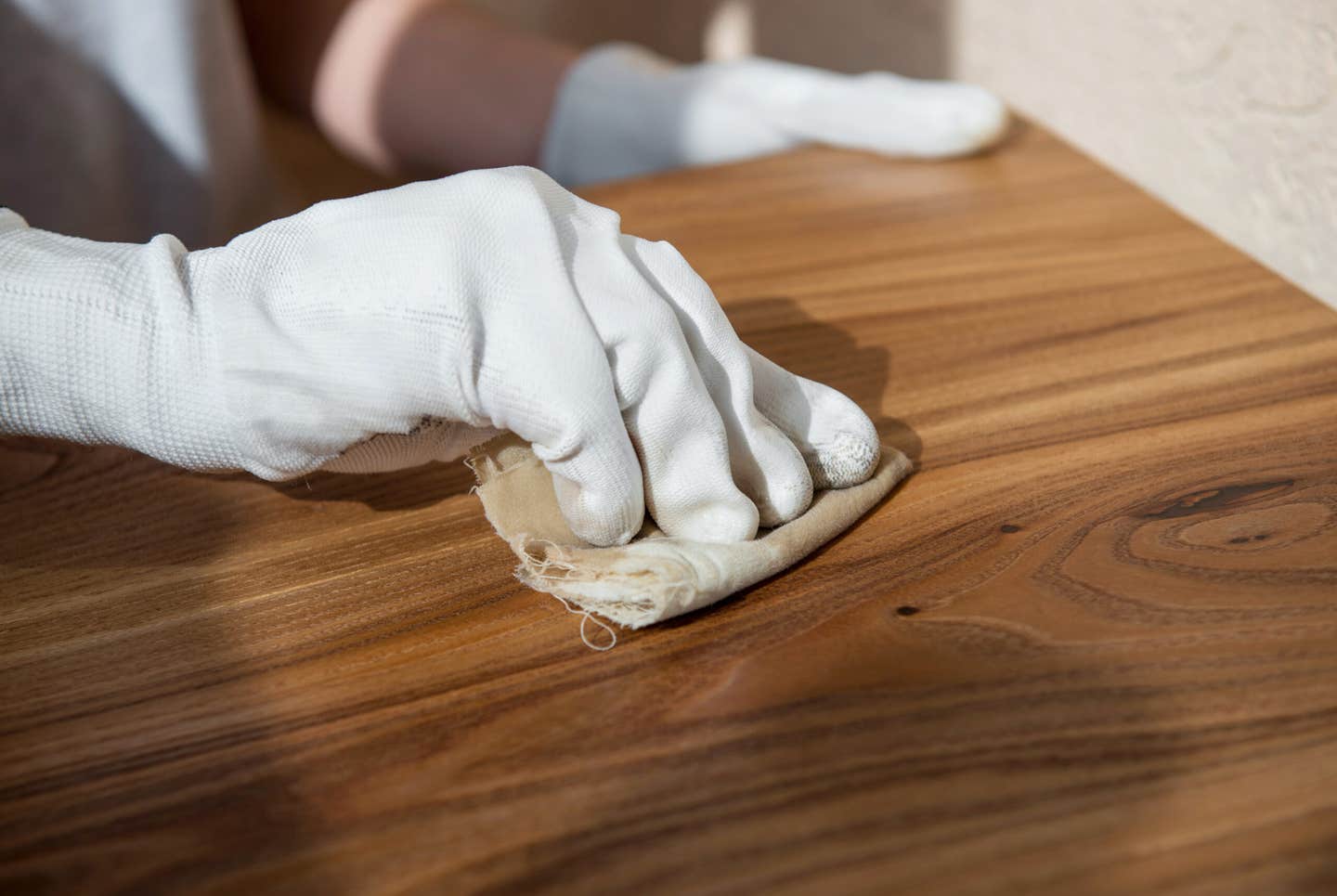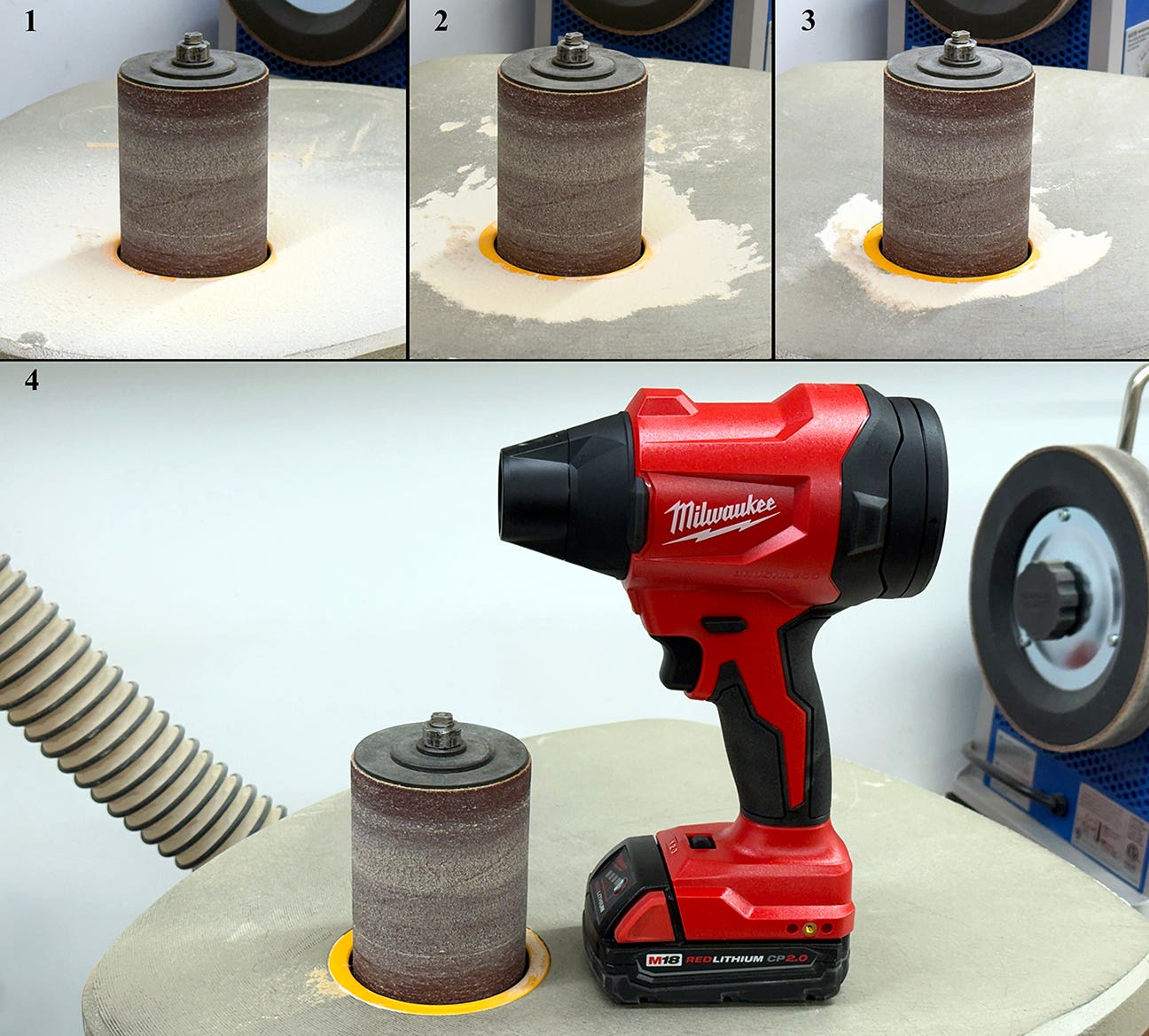Make personal woodworking profitable
Although I do it a bit differently, like you, I make my living woodworking. I love my career, but the bottom line is that of necessity, I actually have to…
Although I do it a bit differently, like you, I make my living woodworking. I love my career, but the bottom line is that of necessity, I actually have to make a living doing it.
As a woodworking writer, I make money with words, not finished items from my shop. However, before making those words, I still have to get out in the shop and make finished items. How I make them is the key to being able to continue my current career as a woodworking writer.
My writing takes two forms: When I write by assignment I dont have much flexibility. If a magazine editor wants a review article on track saws, then thats what I write about. But its the articles and books that I originate and propose that not only give me lots of choice, but really help pay the bills two ways.
In an ideal situation, I can propose a project article to a magazine for something we need for our home. A case in point is a lamp table we need for our living room. It must be of a certain size and offer a certain amount of storage underneath. A typical piece like this, if well made of quality materials, would cost several hundred dollars. If I make the piece myself, itll be far less expensive. I cant think of any professional woodworker who doesnt cut personal home-furnishing costs by making their own.
However, if I make the same piece as the basis of a published project article, it doesnt cost me a penny. In fact, its better than free, since I actually get paid for making something for myself. (I might even be paid a bit extra for materials.) In the above example of the lamp table, Ive already proposed the idea to an editor, who wants me to do the project as an article. All that remains is to design the piece and fit its construction into my schedule. There are several benefits here: We get the needed piece of furniture without paying for it, thus lowering household expenses. What I get paid for the article goes into our bank account. The piece goes into our living room.
But youre not a writer, so how does this apply to you?
The next time you make something for your home and you know you will eventually give serious thought not only about what you need the piece to be for your personal use, but how it could potentially fit into your product line. Make it very well, and have some excellent photography made of the finished piece. As a representation of your work, at the very least it may pay for itself; with luck, it will pay for itself many times over. Making a woodworking item as a gift? Same thing. Design and build it with an eye to being a potential product offering. Photograph it and add it to your catalog, brochure, Web site or portfolio. You were already going to make the gift, so why not make it pay?
The key is to make personal woodworking do double duty. Youre going to make personal items anyway, right? The smart way to make them is as advertisements for your professional work.
Till next time,
A.J.
A.J. Hamler is the former editor of Woodshop News and Woodcraft Magazine. He's currently a freelance woodworking writer/editor, which is another way of stating self-employed. When he's not writing or in the shop, he enjoys science fiction, gourmet cooking and Civil War reenacting, but not at the same time.







